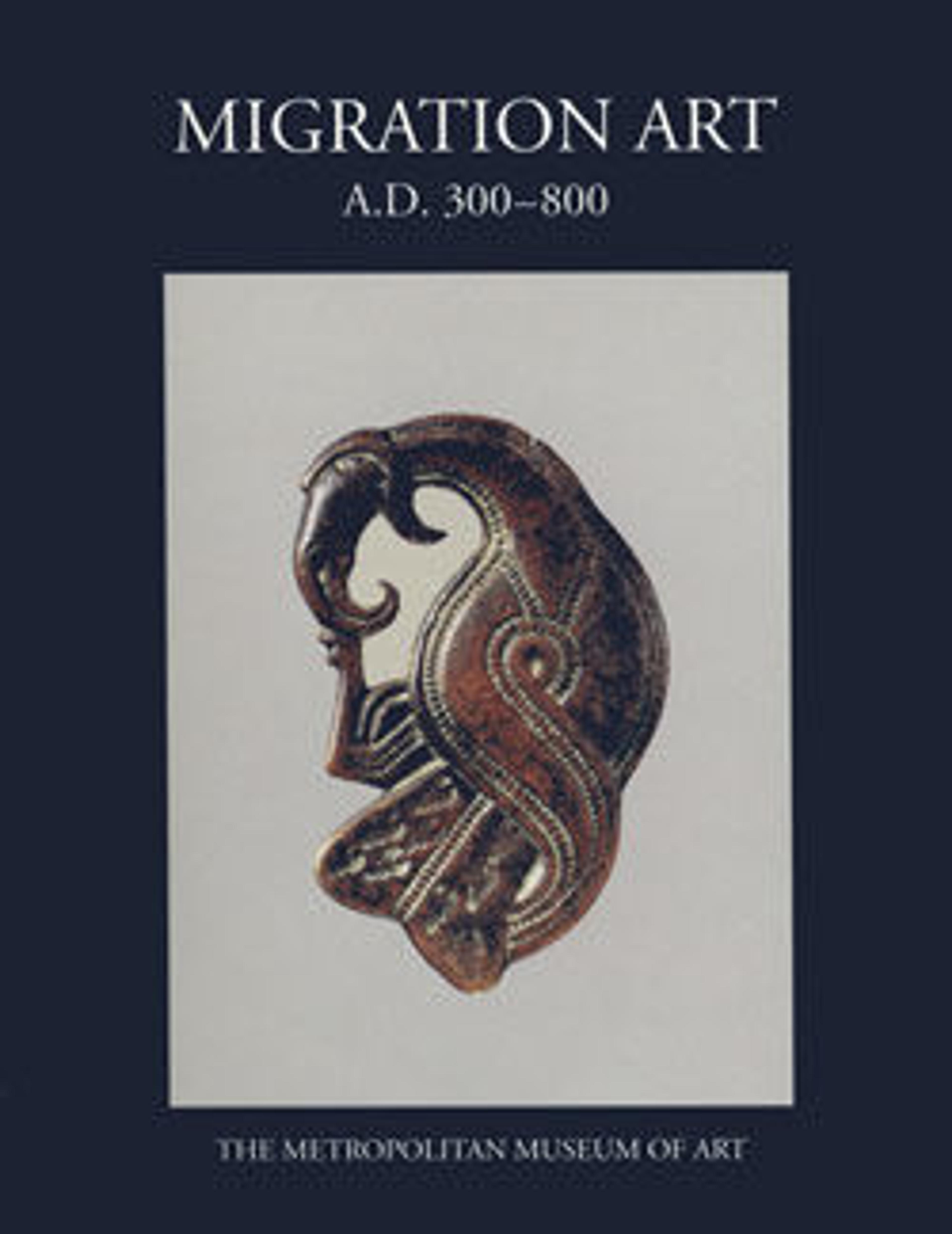Vase
This vase, part of a larger treasure, was excavated in 1849 in a French village only thirty-five miles from Limoges, a city that became synonymous with champlevé enamel work later in the Middle Ages. Now dispersed, the original find included numerous Roman coins, several other vessels, as well as gold and silver jewelry, some of which is housed in the Musée Dobrée in Nantes.
Artwork Details
- Title: Vase
- Date: 250–300
- Geography: Made in La Guierce, Charente, France
- Culture: Late Roman
- Medium: Champlevé enamel, copper alloy
- Dimensions: Overall: 4 13/16 x 4 5/8 in. (12.3 x 11.8 cm)
Overall (with mount): 5 x 4 5/8 in. (12.7 x 11.8 cm) - Classification: Enamels-Champlevé
- Credit Line: Fletcher Fund, 1947
- Object Number: 47.100.5
- Curatorial Department: Medieval Art and The Cloisters
More Artwork
Research Resources
The Met provides unparalleled resources for research and welcomes an international community of students and scholars. The Met's Open Access API is where creators and researchers can connect to the The Met collection. Open Access data and public domain images are available for unrestricted commercial and noncommercial use without permission or fee.
To request images under copyright and other restrictions, please use this Image Request form.
Feedback
We continue to research and examine historical and cultural context for objects in The Met collection. If you have comments or questions about this object record, please contact us using the form below. The Museum looks forward to receiving your comments.
